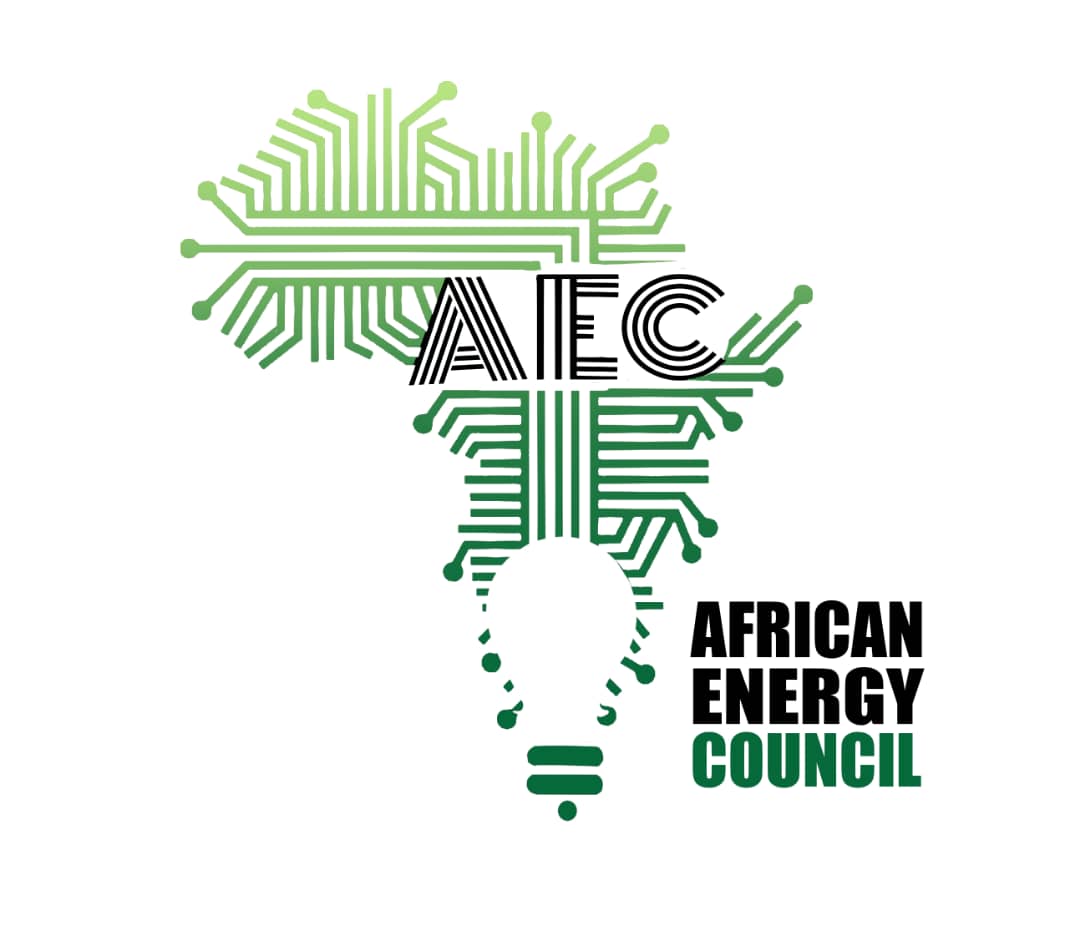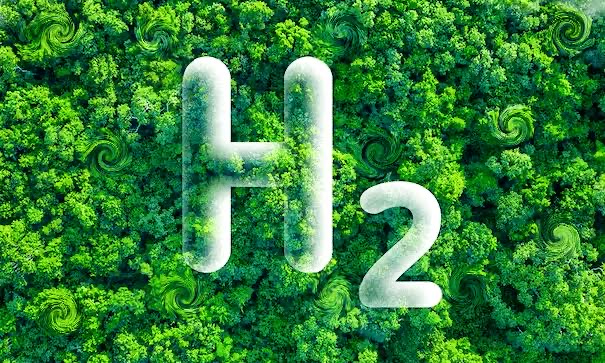Namibia is advancing its leadership in Africa’s energy transition by hosting the inaugural Global African Hydrogen Summit in Windhoek from September 3–5, 2024, marking a step in the continent’s clean energy development race.
While Tiago Marques, head of content at the summit and vice president of production at the Sustainable Energy Council, admits that African countries are trying to attract as much funding as possible, he believes that “only through partnerships and collaboration will the hydrogen ecosystem in Africa be able to take off.”
Africa’s green hydrogen economy will require substantial investment, with estimates ranging from $450bn to $900bn by 2050.
This translates to an annual investment of around $6 billion until 2030, with over $200 million per year needed for infrastructure alone to achieve net-zero goals.
The current market leaders in the region have made massive commitments.
Mauritania has planned four large-scale projects worth $100 billion, while the Ramaphosa administration is spending the bulk of South Africa’s just energy transition war chest on a pipeline of projects valued at $17.8 billion.
Summit host Namibia is set to begin production on a $9.4 billion project in 2026.
The European Investment Bank projects that Africa could produce over 50 million metric tons of green hydrogen annually by 2035, at a cost competitive with global oil prices.
However, the current production cost of green hydrogen, between €2.5/kg and €5.5/kg, remains higher than fossil fuel alternatives.
“Namibia, with its rapid project development, is at the forefront. South Africa, Morocco, Egypt, Kenya, and Mauritania are also making significant strides,” says Marques.
“Then we also see exciting plans and developments coming up in countries like Djibouti, Angola, Ethiopia, and Nigeria.
“Finally, given the proximity to Europe and global markets, there is huge potential in Algeria, Tunisia, and Libya.”
The energy transition clock is ticking for Africa, though.
New processes are being trialed to replace platinum in the green hydrogen value chain, which is an existential threat to the crisis-stricken PGM market that forms the backbone of Cyril’s hydrogen valley dreams.
However, Marques remains optimistic: “The summit will provide the perfect platform to discuss and formulate innovative approaches to overcome these challenges and seize the vast opportunities.”
“Assessing the inherent and/or perceived risks is crucial for investors looking to fund green energy projects,” he explains.
“The investors will first look at the enabling environment and framework; what are the conditions on the ground? What are the legal and fiscal frameworks and incentives? These are some of the questions investors will want robust clarity on.”
Environmental and social impact assessments (ESIAs) are also crucial in ensuring projects adhere to international standards and benefit local communities.
“Given the advantage of abundant wind and solar resources, African countries can be highly competitive in supplying clean hydrogen for local and global consumption, but project development and implementation need to follow strict procedures in which the ESIA is a major component,” explains Marques.
The project investment roundtables at the Global African Hydrogen Summit undergo a thorough review process by an investor board made up of representatives from diverse financial institutions.
Projects are assessed and paired with investors according to their unique requirements and interests.
“The goal is to channel essential investments and financing into viable clean energy projects across Africa,” Marques concludes.

